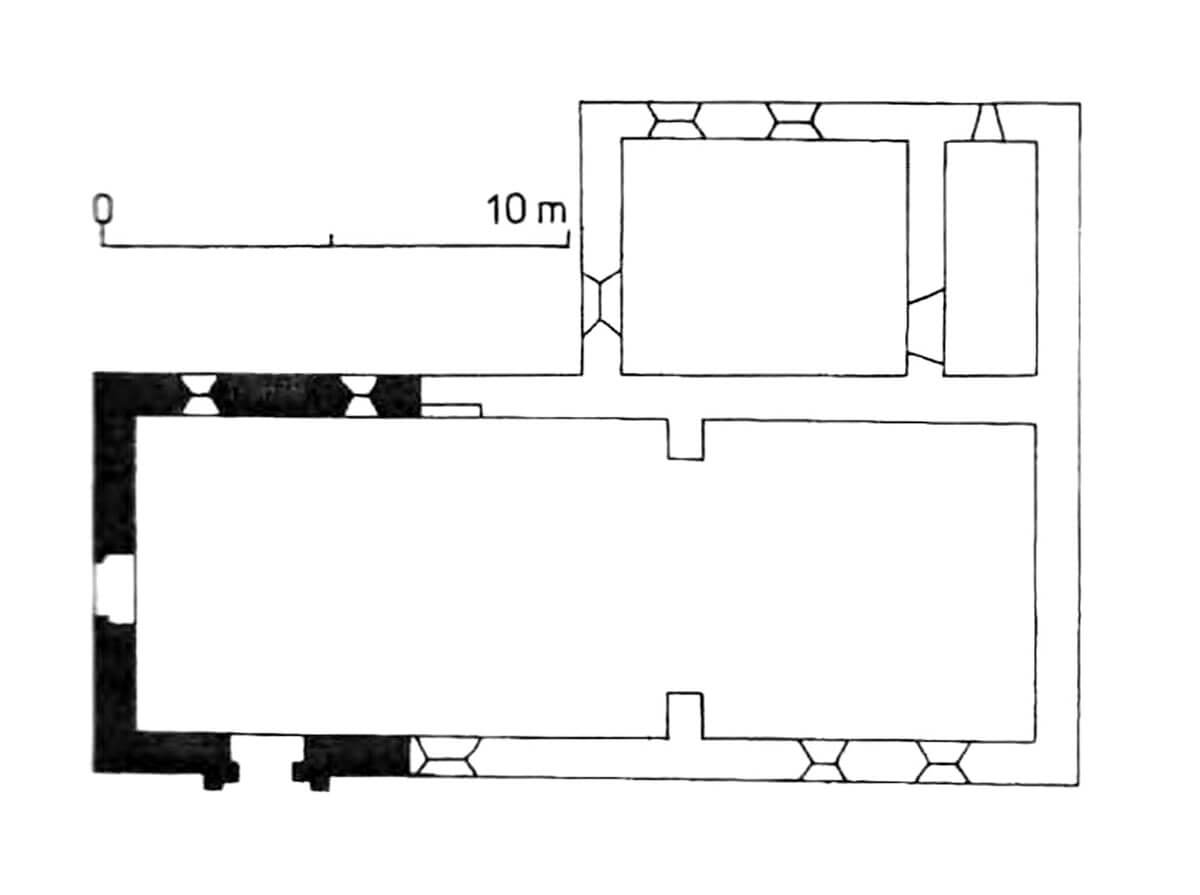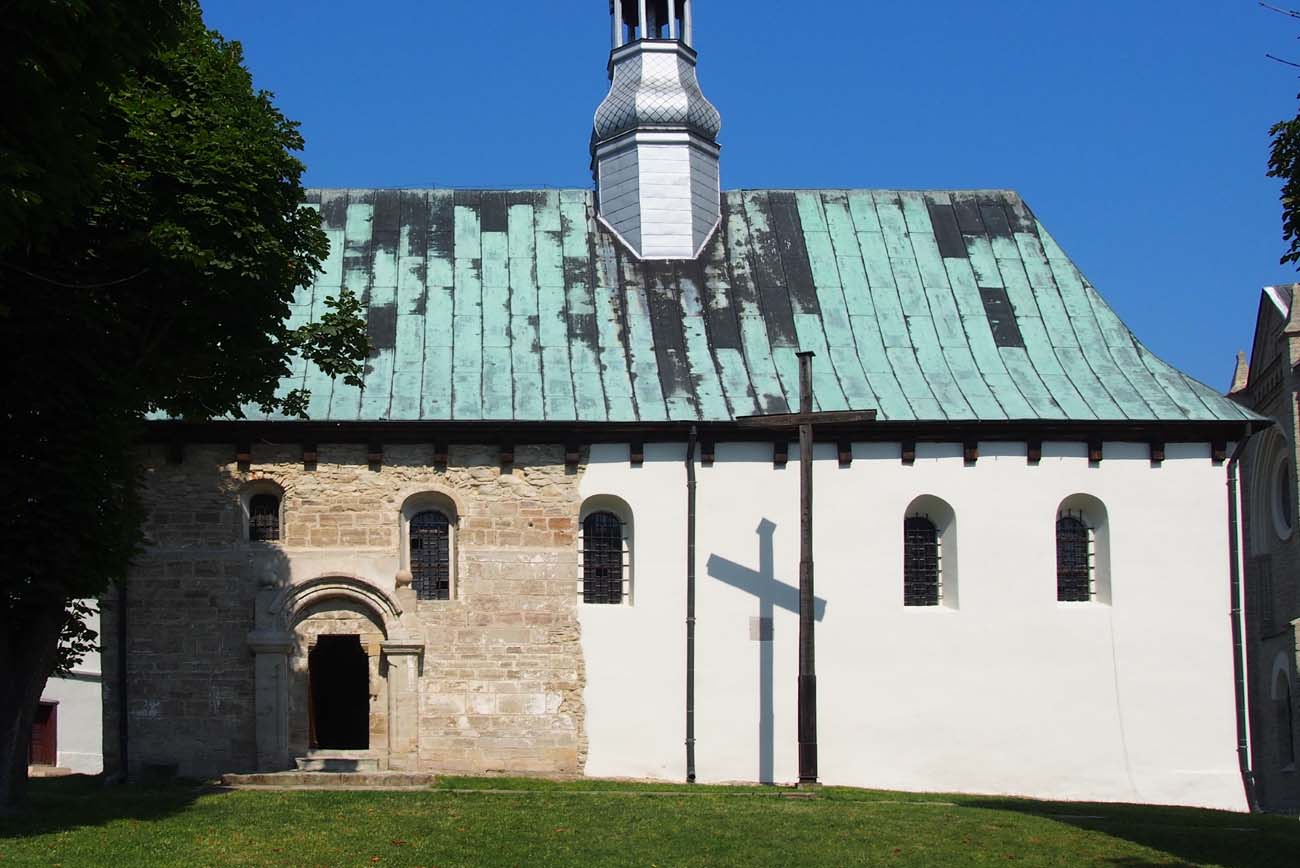History
The church in Sulisławice was built in the second quarter of the 13th century. It was first recorded in written sources in 1326, when the parish priest Lambin was mentioned. Around 1600, the church was rebuilt, and in the following years of the 17th and 18th centuries renovations were made to change the interior design. The last renovation works were carried out in the years 1955-1957 and 2011-2014.
Architecture
The church was built of sandstone ashlar arranged in fairly regular layers. In the Romanesque period, it had a rectangular nave 6.7 meters wide, but it is not known how the original chancel look like. In the southern façade there was a late Romanesque portal, closed with a semicircular, moulded archivolt over the smooth panel of the tympanum. The interior was illuminated by small, semicircularly crowned windows, splayed on both sides. An unknown number of them was pierced in the southern and northern walls of the nave, and a single one in the western elevation. On the western façade, on sandstone stones, braided rosettes were cut, probably being an attempt at sculptural decorations.
Current state
Today, the church is a structure composed of a nave and a non-separated chancel, closed with a straight wall. The sacristy adjoins the chancel from the north, which is an early modern building, similarly to the presbytery part of the church. From the Romanesque period to the present day, the walls of the western part of the nave have survived to a height of about 4 meters, raised at the beginning of the 17th century. In their western wall there is the original, splayed, semicircular window, and on the southern side there is a late Romanesque portal (its half-pillars are crowned with early modern spheres). The remains of the Romanesque jambs also survived in the northern wall. Inside, the stipes of a Romanesque altar is visible.
bibliography:
Kubica E., Katalog zabytków wczesnośredniowiecznej architektury monumentalnej Małopolski, Rusi i Wołynia, „Materiały i Sprawozdania Rzeszowskiego Ośrodka Archeologicznego”, tom XVII, Rzeszów 1996.
Świechowski Z., Architektura romańska w Polsce, Warszawa 2000.
Świechowski Z., Katalog architektury romańskiej w Polsce, Warszawa 2009.



